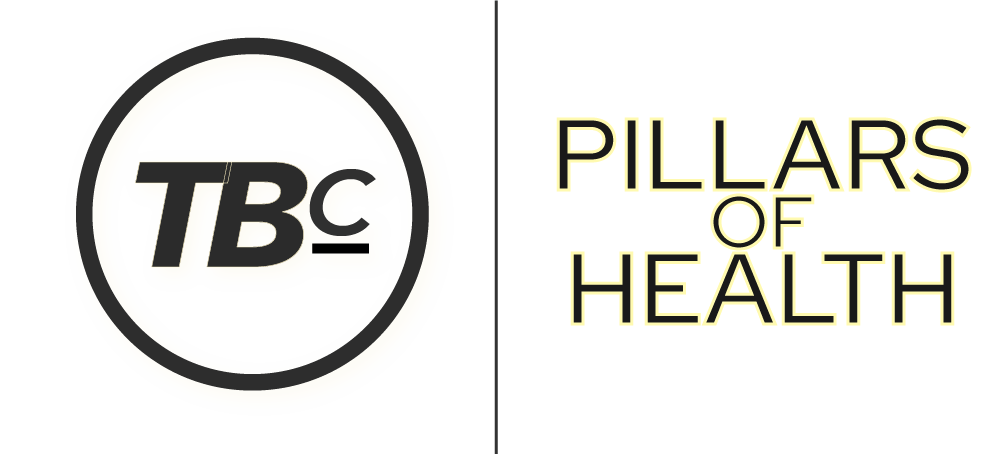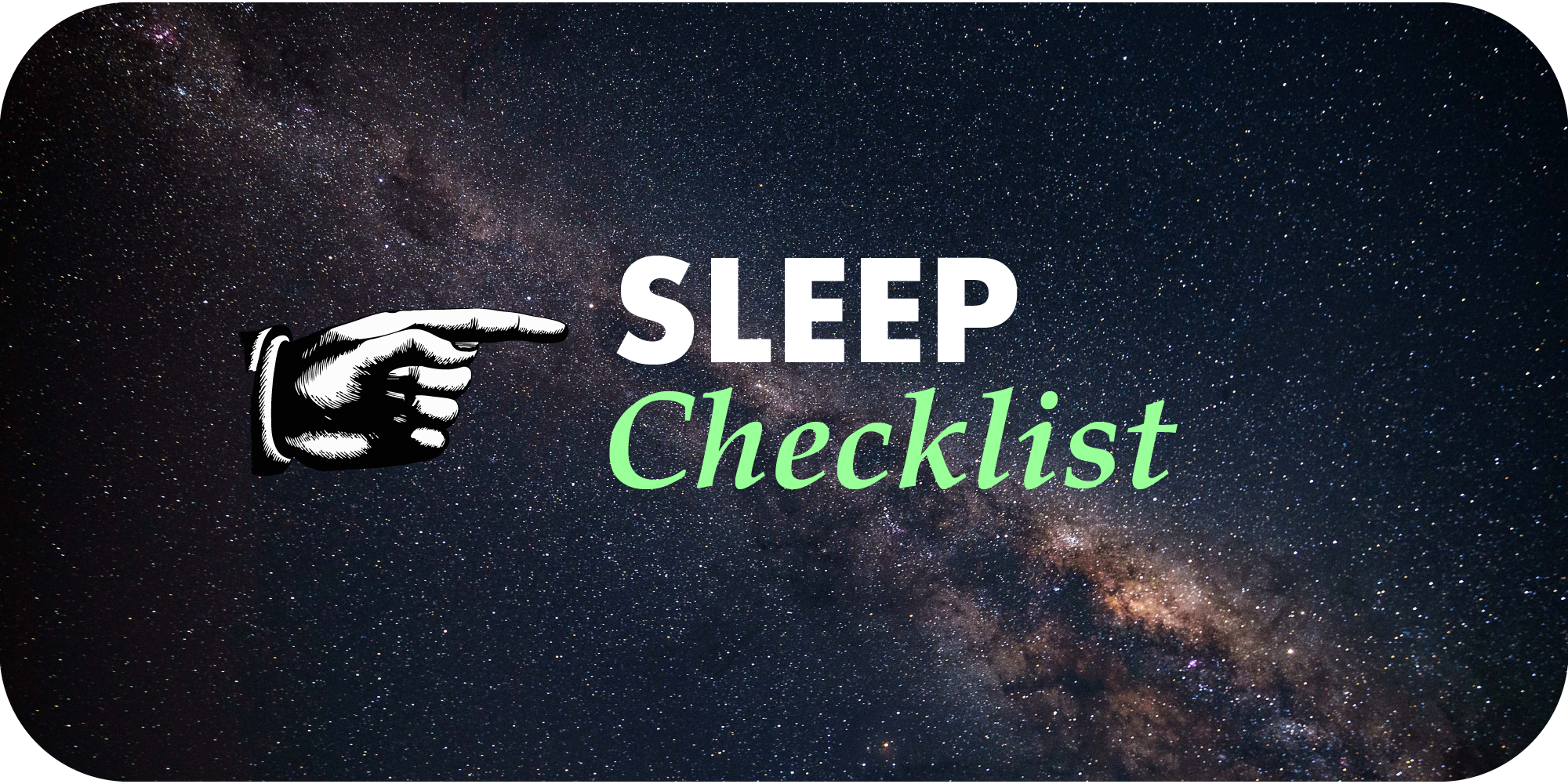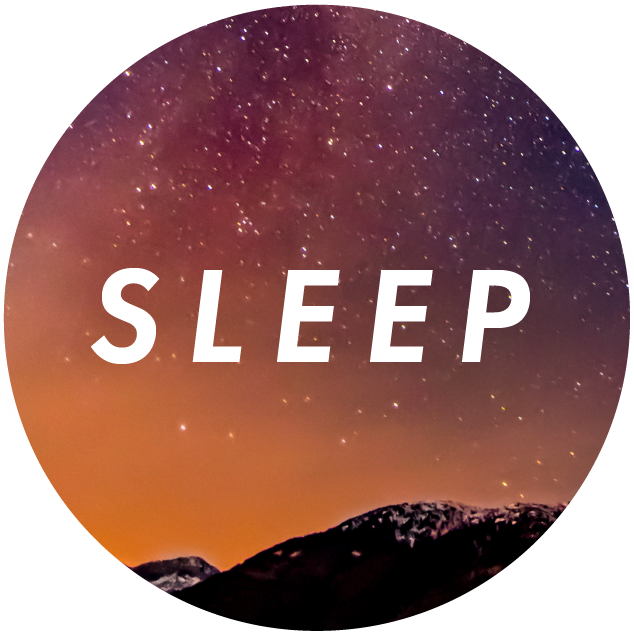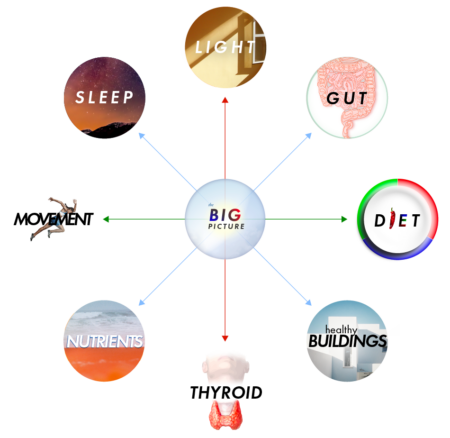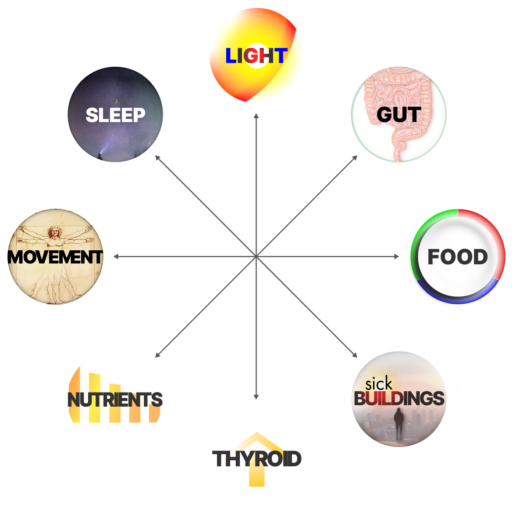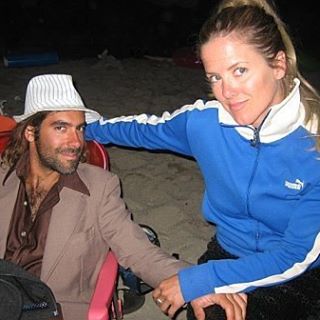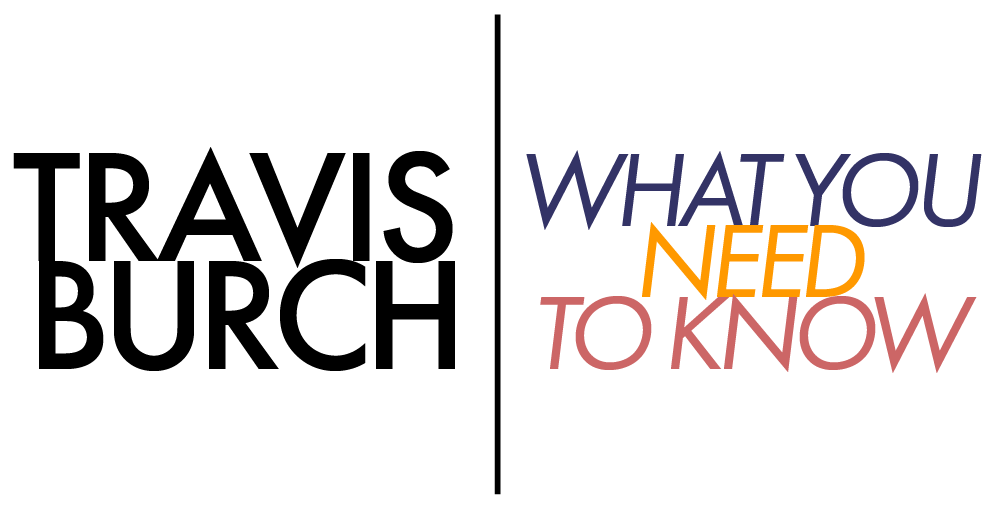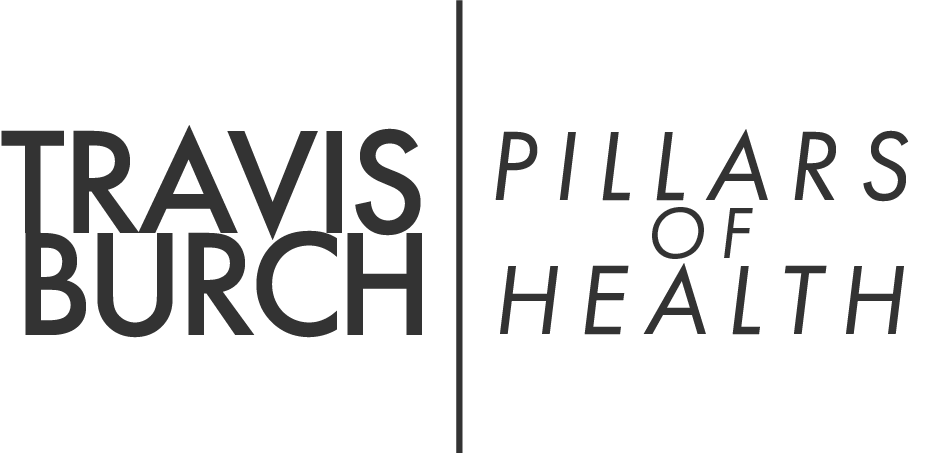Are you looking for a simple breakdown of the major, daily components of great sleep every night?
These are the basic steps — the foundation — to ward off insomnia.
Your sleep journey may require extra steps beyond these:
- identifying nutrient imbalances
- improving your sleeping environment
- cutting back on work obligations & stress
- addressing relationships & emotional burdens
However, these steps are the foundation — they’ll improve your odds of better sleep every single night.
Without these steps, you could jeopardize your ability to sync and strengthen your circadian rhythm.
Get these variables right — and give yourself a fighting chance at reliable, restorative sleep that will improve your health, night after night.
Light is the primary driver of the circadian rhythm.
Nothing on earth improves melatonin in the human brain like bright sunlight. Clear heat lamps can be an excellent supplemental bright light on the following days:
- Cloudy days
- Days where you’re stuck indoors
- Sunny days where UV is high

One daily 20-minute session of very bright light therapy — rich in red and infrared light — is proven to deepen sleep. This supplemental light is especially necessary on days of little sunlight exposure.
Clear heat lamps are the superior source of supplemental red & infrared. They’re affordable and provide optimal light frequencies.
Sunlight, of course, is the original, best source of infrared light — just don’t sunburn.

The most harmful wavelength at night is blue light — which, unfortunately, floods our modern world 24 hours per day.
The darker the bedroom, the higher melatonin rises in the brain — which ensures better sleep.
People in modern society who are exposed to dim light at night during sleep… could show interference in their sleep, resulting in a decrease in total sleep time and poor sleep efficiency.
https://www.ncbi.nlm.nih.gov/pmc/articles/PMC5976009/
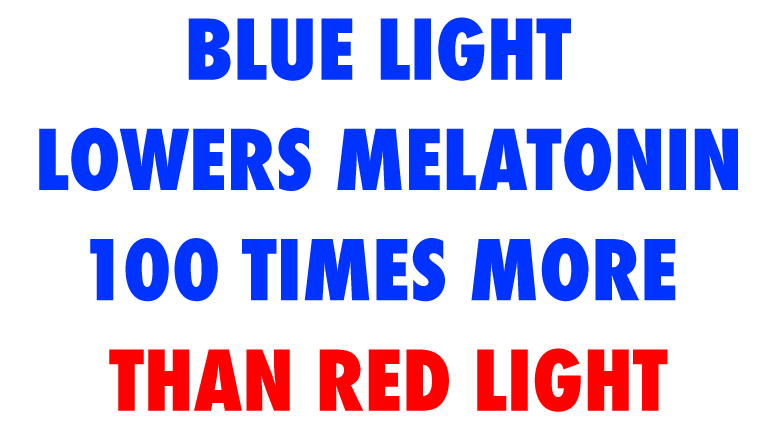
Inadequate caloric intake leads directly to insomnia.

It’s important to know your daily caloric needs — and meet them.
If you’re lying in bed and unable to sleep — especially with a history of undereating, restrictive dieting, or hypothyroidism — it’s extremely unlikely you will fall asleep until you get up and eat.
In nearly all situations like this, it’s best to get up and eat enough calories to induce sleep. Sometimes, this means you’re eating a large late-night snack.
While eating at night is certainly not optimal for health, when the body is behind on calories there isn’t another choice other than to catch up, even at night.
Therefore, eat the calories needed tonight to promote sleep — but make it a point to eat early meals tomorrow than eating all evening.
Eating tells the brain “It’s daytime!”
Therefore, eating early in the day sends proper signals to the brain about when day/night is.
By contrast, eating late in the day sends the wrong signals about the time of day — and lowers melatonin at night.
Stay “ahead” of the daily need for calories! By 1 pm, the body should already be digesting 2/3 of its calories for the day.
By 8 pm, 100% of the day’s calories should be eaten.
Making up for missed breakfast and lunchtime calories in the evening is a circadian trap — and can profoundly impair sleep quality.
Eat three early, timely meals each day.
While calories and meal timing are important, creating balanced meals is of increased importance when digestion is weakened — and when sleep is struggling.
Carbohydrates-to-Protein
The key balancing a meal is the carbohydrates and protein ratio.
2:1 is a solid middle-ground, carbs-to-protein.
Figure out if you’re going to eat moderately high or low fat — as well as how much fiber your gut can tolerate… but these two variables are much less important than the carb-to-protein ratio.
Sugar vs Starch
Many people are avoiding one or both.
This may work for some, but when struggling with insomnia, it’s possible that a little (or moderate amounts) of both can really improve sleep.
A higher dietary glycemic index was significantly associated with a lower risk of poor sleep.
https://www.ncbi.nlm.nih.gov/pubmed/25127476
There are certainly some exceptions to this.
Everyone is different, and gut health plays an important role here, as well, because it determines the foods you can tolerate and thrive on.
Movement signals to the brain that “right now is daytime.”
This signal is transmitted to the brain via melatonin levels — which are lowered by exercise and bodily movement.
Get exercise while the sun is still up, when possible — not late in the evening, or before bed. Midday is best: mid-morning or mid-afternoon.
https://www.ncbi.nlm.nih.gov/pmc/articles/PMC4241899/
If you have to exercise right before bed, research shows that more-intense exercise is best for sleep.
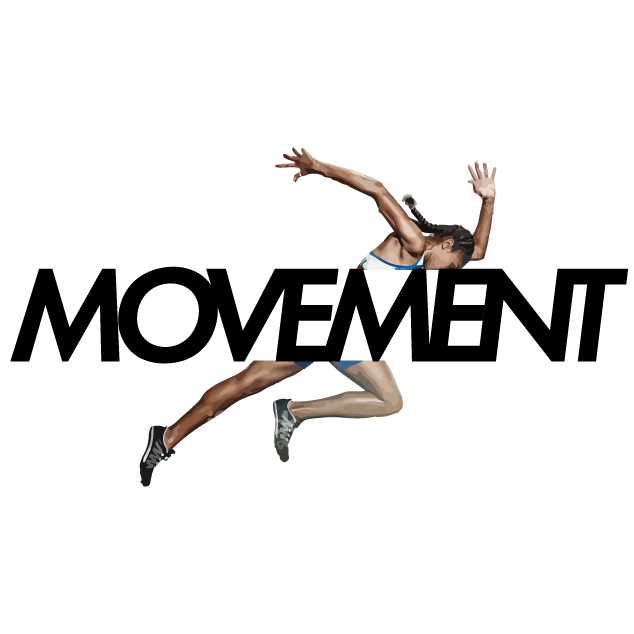
Move All Day Long
Move naturally in varied ways all day rather than being sedentary most of the day and piling all your movement into a single workout session.
This further connects your brain to the natural circadian rhythm.

The present data found that (sun exposure) and (sun exposure plus exercise) showed positive sleep-related hormonal responses, sleep habits, and quality of sleep.
https://www.ncbi.nlm.nih.gov/pmc/articles/PMC5976009/
Movement Burns Up Glutamate
High glutamate is nearly ubiquitous in poor gut health — and this contributes to feelings of restless legs and the inability to relax.
Movement has the important characteristic of burning through excess glutamate in the body.
Sedentary Jobs/School
Many indoor jobs or school settings require sitting much of the day.
Sedentary lifestyles are commonly associated with obesity and other markers of disease, but a lack of movement also fails to provide the signal to the brain that daytime has arrived.
In job and school settings, make the most of any break time to move, stretch, and flex the muscles — sending signals to the brain that say: “We’re moving the body — it’s daytime.”
Even standing while class or meetings are commencing can give the body a chance to “move” when it would otherwise be sitting.
As important as it is to move all day, a quick, moderately-intense exercise session might be even more helpful when stuck in a sedentary setting most of the day.
Sleep more deeply.


(click to return to home page)
Related Articles

Why ‘Nobody’ Believes the Mold Sufferer
If there were a battle hymn of the mold sufferer, it would be titled: “Why Does Nobody Believe Me?”

An Exercise for Dealing With Loved Ones We Disagree With
An 11-question inventory for furthering relationships.

What I Do (New: 7-15-2023)
Here’s what I’m currently doing to improve my health.

‘Sensitization’ = Environmental Illness?
An introduction to environmental sensitivities.

5 Elements of Healthy Buildings
Let’s run through five big elements of healthy buildings.

Nutrient Balancing for Insomnia
Certain nutrients are much more important for sleep than others.
